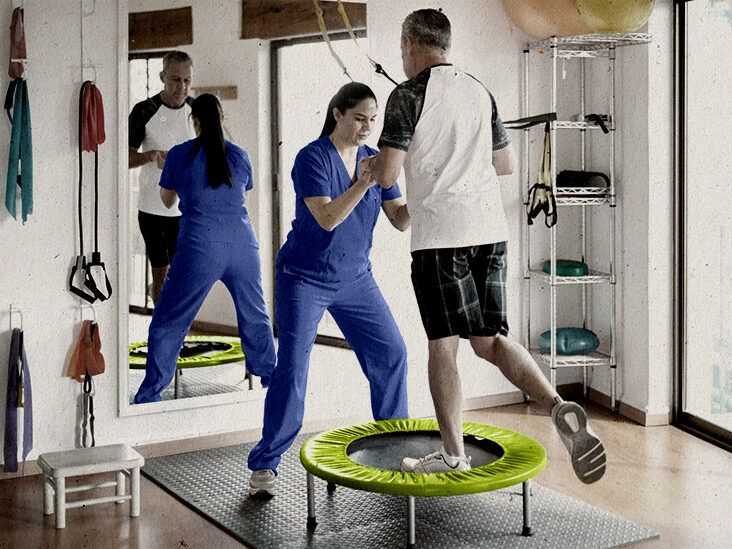Assessing the Interplay of Articular Flexibility and Stability in Client Outcomes
Articular movement and stability are essential elements that influence patient results in physical therapy and rehabilitation. Articular mobility refers to the range of motion permitted at a joint, while steadiness entails the capacity to sustain management of that joint during movement. When patients have good joint range of motion, they can navigate their extremities freely, which is vital for performing daily tasks. On the contrary hand, stability helps avert harm by allowing the system to maintain correct alignment and equilibrium during these actions. Understanding how these two factors interact can lead to improved treatment plans and enhanced recovery for clients.In many cases, patients with joint discomfort or injuries frequently experience a decrease in mobility. For instance, conditions like osteoarthritis can restrict how much a joint can shift, making it challenging for individuals to perform tasks such as ambulating or ascending stairs. Rehabilitation specialists commonly focus on activities that increase range of motion through flexibility work and strengthening. These activities can help reestablish the range of movement, making it more manageable for clients to participate in their everyday activities. Nonetheless, increasing mobility without considering steadiness can lead to additional injuries, emphasizing the need for a see this site holistic approach.

Stability is just as crucial in rehabilitation. When a joint lacks steadiness, it becomes more susceptible to harm during activity. For example, an unstable knee joint can lead to sprains or tears while running or jumping. To enhance stability, therapists may integrate exercises that strengthen the muscles around the joint. These activities help reinforce the articulation and avert excessive movement that could lead to injury. By concentrating on both mobility and stability, therapists can provide a comprehensive treatment plan that addresses the unique needs of each client.
The interaction between articular movement and control is especially clear in athletic rehabilitation. Athletes frequently require a elevated level of both mobility and stability to execute at their recommended read optimal. For instance, a gymnast needs to have limber articulations to perform intricate actions while also preserving control to prevent falls. In athletic conditioning, coaches and trainers emphasize the importance of developing both aspects to enhance performance and minimize the chance of harm. This method ensures that sports participants can perform efficiently while keeping their articulations protected during strenuous exercises.
Ultimately, understanding the relationship between articular mobility and stability can lead to better outcomes for patients in various settings, from therapy facilities to athletic conditioning centers. By encouraging both elements, medical practitioners can help clients regain their power and assurance. This balanced approach not only helps in recovery but also equips individuals with the tools they need to prevent subsequent harm. As studies continues to evolve in this area, the significance of combining mobility and stability in treatment plans will remain a central priority for enhancing client care and overall health.